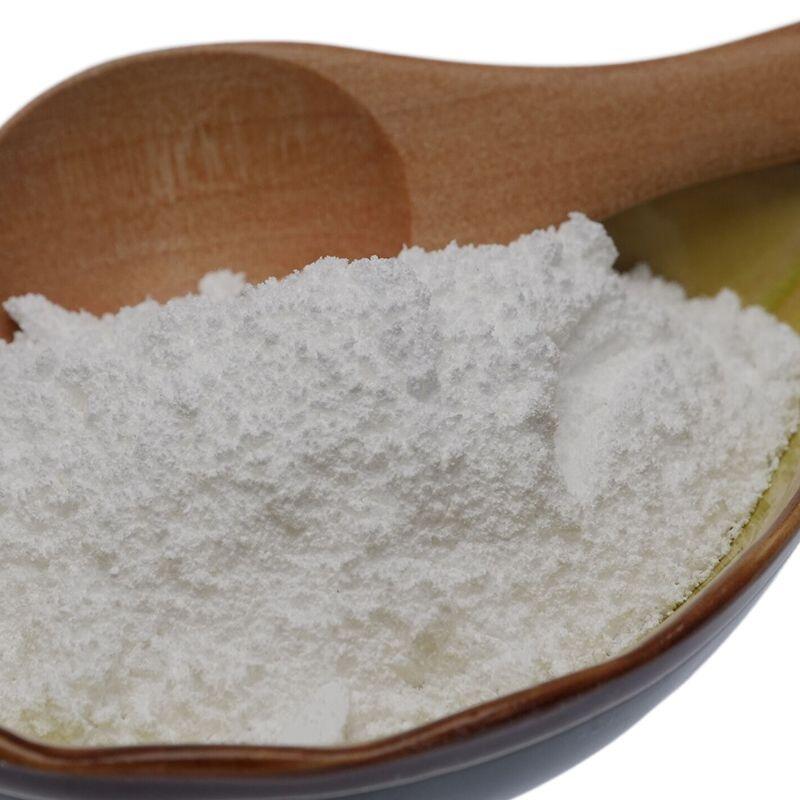-
Categories
-
Pharmaceutical Intermediates
-
Active Pharmaceutical Ingredients
-
Food Additives
- Industrial Coatings
- Agrochemicals
- Dyes and Pigments
- Surfactant
- Flavors and Fragrances
- Chemical Reagents
- Catalyst and Auxiliary
- Natural Products
- Inorganic Chemistry
-
Organic Chemistry
-
Biochemical Engineering
- Analytical Chemistry
-
Cosmetic Ingredient
- Water Treatment Chemical
-
Pharmaceutical Intermediates
Promotion
ECHEMI Mall
Wholesale
Weekly Price
Exhibition
News
-
Trade Service
2,4-Hexadienoic acid, also known as 2,4-hexadiene-1,2-dioic acid, is an important intermediate in the chemical industry.
It is used as a building block for the production of a wide range of chemical products, including lubricants, detergents, surfactants, and plastics.
The instruction of 2,4-hexadienoic acid involves a series of chemical reactions that convert the starting material into the desired product.
In this article, we will discuss the instruction of 2,4-hexadienoic acid in the chemical industry.
- Production of 2,4-hexadiene
The production of 2,4-hexadiene, the starting material for the instruction of 2,4-hexadienoic acid, involves a chemical reaction known as the dehydrogenation of cyclohexene.
The reaction is carried out in the presence of a dehydrogenation catalyst, such as copper or nickel, and high temperatures.
The reaction produces 2,4-hexadiene, which is a colorless gas with a characteristic odor. - Production of 2,4-hexadienoic acid
The next step in the instruction of 2,4-hexadienoic acid is the hydrogenation of 2,4-hexadiene.
This reaction is carried out in the presence of a hydrogenation catalyst, such as palladium or platinum, and high temperatures and pressures.
The reaction produces 2,4-hexadienoic acid, which is a white solid with a melting point of 176-178°C. - Purification of 2,4-hexadienoic acid
After the production of 2,4-hexadienoic acid, the product is typically purified through a series of chemical reactions and techniques.
The purification process is important to remove any impurities that may be present in the product, and to ensure that the final product meets the required purity standards. - Isomerization of 2,4-hexadienoic acid
2,4-hexadienoic acid can exist in two forms: cis and trans.
The cis form is the more stable of the two forms, and is the preferred form for the production of 2,4-hexadiene-based chemicals.
To produce the cis form of 2,4-hexadienoic acid, the trans form is first isomerized using a chemical reaction and a catalyst. - Hydrolysis of 2,4-hexadienoic acid
The final step in the instruction of 2,4-hexadienoic acid is the hydrolysis of the acid into the corresponding alcohol.
This reaction is carried out in the presence of water and a strong acid catalyst, such as hydrochloric acid or sulfuric acid.
The reaction produces the alcohol, which can then be used as a building block for the production of a wide range of chemical products.
In conclusion, the instruction of 2,4-hexadienoic acid is a complex process that involves several chemical reactions and purification steps.
The process begins with the production of 2,4-hexadiene, which is then hydrogenated to produce 2,4-hexadienoic acid.
The product is then purified and isomerized into the cis form, and finally hydrolyzed into the corresponding alcohol.
The production of 2,4-hexadienoic acid is an important step in the chemical industry, as it is used as a building block for the production of a wide range of chemical products.







